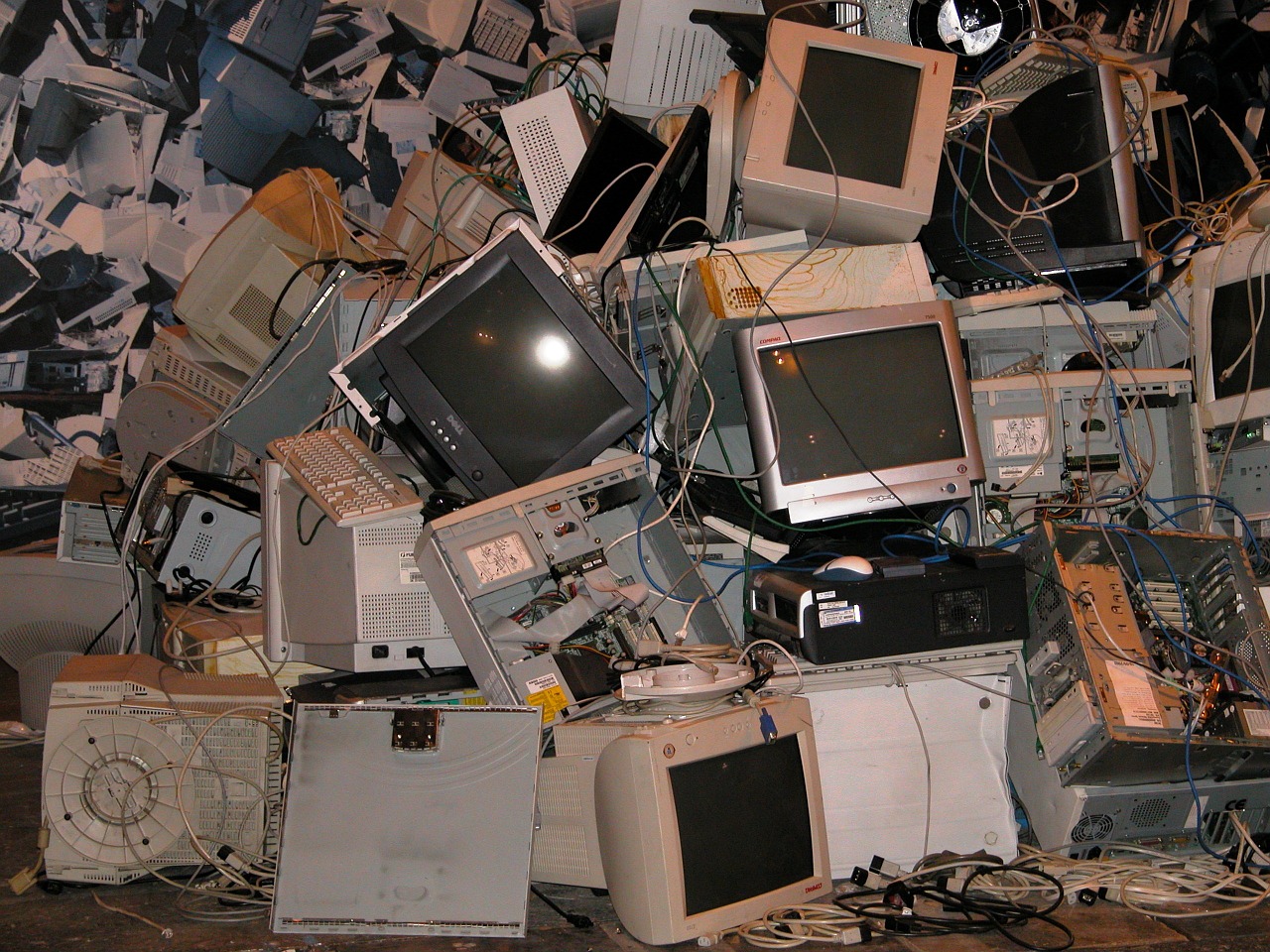Note: This blog post is a sponsored conversation written by Lynn Smythe, the Founder and Chief Blogger for The Creative Cottage lifestyle blog. The opinions, thoughts, ideas and text are all mine.
Electronic waste is one of the biggest problems facing the planet today. But, the good news is that we are not simply sitting back and letting it happen. There are efforts that are being made all over the world to ensure that this form of waste is reduced and recycled. With that being said, in this post, we are going to take a look at what different countries are doing to handle this problem.
But first, how can you help? There are so many different ways! You should always seek to reuse electronic items before you get rid of them or sell them. This includes related items like cheap ink cartridges too – make sure you get them refilled. Then, follow the correct recycling procedures too.
E-waste in Europe
The Waste Electrical and Electronic Equipment Directive, which is often referred to as the WEEE Directive, has been law in Europe for 16 years now. The UK and other member companies have to follow this directive, which outlines a number of collection, recycling, and recovery targets for all kinds of electronic and electrical goods. Each member needs to decrease e-waste and e-waste exports, and they must recycle a minimum of 4 kg (around 8.8 pounds) of electronic waste per capita per annum.
This is not the only directive that is in place to combat the issue. The trade, disposal, and manufacture of batteries are regulated under the Battery Directive. The restriction of six hazardous materials in different types of electrical and electronic equipment is also regulated under the Restriction of Hazardous Substances Direction (RoHS Directive).
South Africa Electronic Waste
E-waste is managed in South Africa under the e-Waste Association of South Africa (eWASA), which was set up in 2008. This resulted in the implementation of an e-waste management system, which sees distributors, vendors, and manufacturers working towards the reduction of e-waste.
Australia & New Zealand
Australia was the first country to take action to fight the e-waste issue. They have been trying to combat the waste problem since the mid 1990s. In 2002, the Australian and New Zealand Environment Protection and Heritage Council (EPHC) took action to work alongside the computer and television industry to find ways of managing end-of-life computers and televisions in a suitable manner.
E-Waste in Canada
Alberta became the first area of Canada to impose a fee for purchasing new computer components, computers, and televisions, in 2004. They were then followed by Saskatchewan, British Columbia, Nova Scotia, and Ontario. The country has also implemented the Export and Import of Hazardous Waste and Hazardous Recyclable Material Regulations (EIHWHRMR). These regulations state that any electronic devices that are not functioning and no longer intact cannot be exported.
E-Waste in China
China is one of the countries where there is a distinct problem with e-waste pollution and dangerous landfills. In fact, it is believed that 70 per cent of the world’s e-waste ends up in China. This is a remarkable statistic. Therefore, it is of no surprise that Chinese laws are mainly concerned with stopping the import of e-waste.
Asia Electronic Waste
Last but not least, there are a number of countries in Asia that have legislated electronic waste recycling. For example, manufacturer responsibility is ensured in the likes of Taiwan, Japan, and South Korea, as they demand that 75 per cent of their yearly production is recycled.
What are you doing to recycle your old electronics and reduce the amount of electronic waster reaching our town dumps and landfills?









+ There are no comments
Add yours